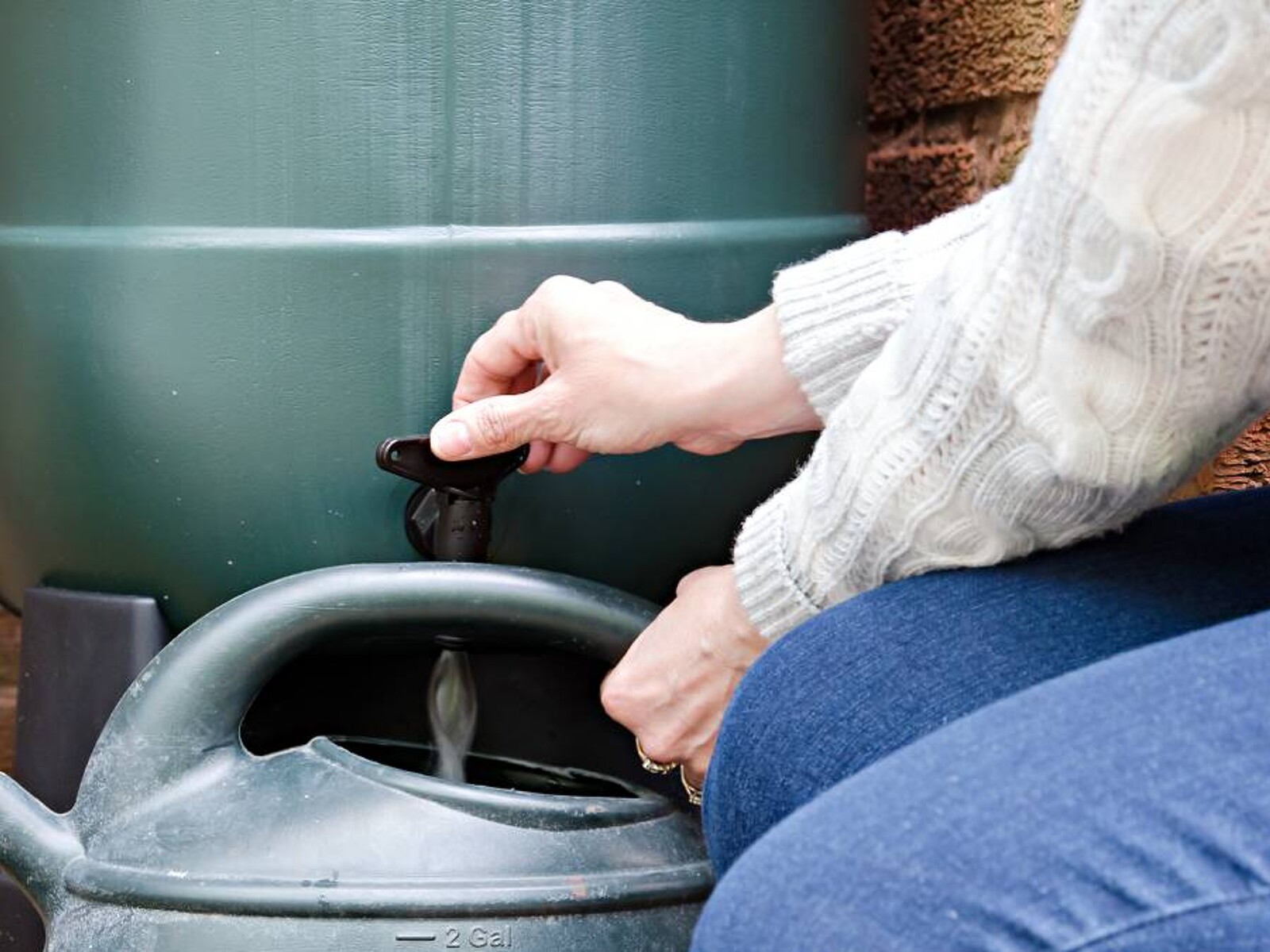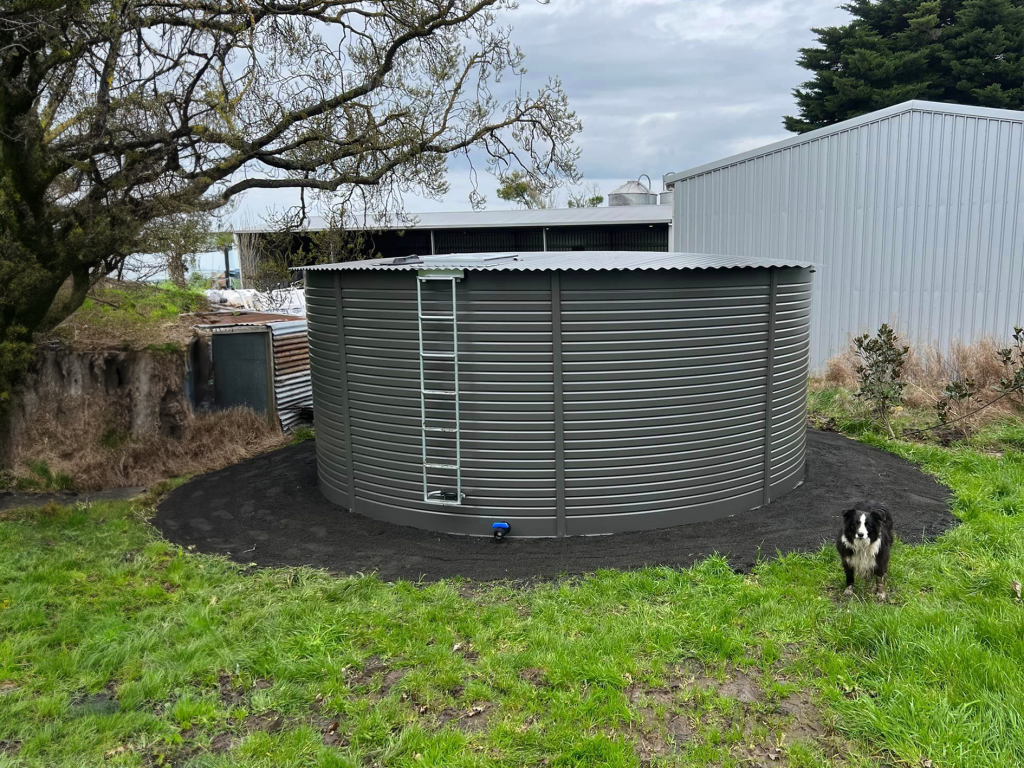Cost Comparison: Rainwater Tanks vs. City Water

When deciding between installing a rainwater tank or relying on city water, understanding the cost implications is crucial. This article explores the financial aspects of both options, helping homeowners and businesses make informed decisions.
Introduction
Water is an essential resource, and managing its supply efficiently can lead to significant savings. Rainwater tanks offer an alternative to traditional city water, but how do their costs compare over time?
Initial Investment Costs
| Cost Component | Rainwater Tank | City Water Connection |
|---|---|---|
| Equipment & Installation | $1,000 – $5,000 | $500 – $2,000 |
| Permits & Fees | Varies by location | Usually included in bills |
| Infrastructure | Tanks, pumps, filters | Pipes, meters |
- Rainwater Tanks: The upfront cost includes purchasing the tank, installation, and any necessary filtration systems. Prices vary based on tank size and material.
- City Water: Initial connection fees and infrastructure setup are generally lower but can vary depending on the municipality.
Operating and Maintenance Costs
- Rainwater Tanks: Require periodic cleaning, filter replacement, and occasional repairs. Estimated annual maintenance can range from $50 to $200.
- City Water: Monthly water bills based on usage, with potential surcharges during droughts or peak demand.
Long-Term Cost Benefits
- Rainwater Tanks: Can reduce water bills significantly, especially in areas with high water rates or restrictions.
- City Water: Offers convenience and reliability but may become more expensive over time due to rate increases.
Environmental and Additional Considerations
- Rainwater harvesting reduces demand on municipal water supplies and lowers runoff, benefiting the environment.
- City water systems require energy for treatment and distribution, contributing to carbon emissions.
Summary Table
| Factor | Rainwater Tank | City Water |
|---|---|---|
| Upfront Cost | Higher | Lower |
| Maintenance | Moderate | Low |
| Monthly Cost | Low (after setup) | Variable, often higher |
| Environmental Impact | Positive | Negative |
Frequently Asked Questions (FAQ)
Q1: How long does it take to recoup the investment in a rainwater tank?
A: Typically, 5 to 10 years depending on water usage and local water rates.
Q2: Are rainwater tanks suitable for all climates?
A: They are most effective in regions with regular rainfall but can be adapted with proper sizing and storage.
Q3: Can rainwater tanks provide all household water needs?
A: They can supplement but may not fully replace city water, especially for potable uses without treatment.
By carefully weighing these factors, you can choose the most cost-effective and sustainable water supply option for your needs.
